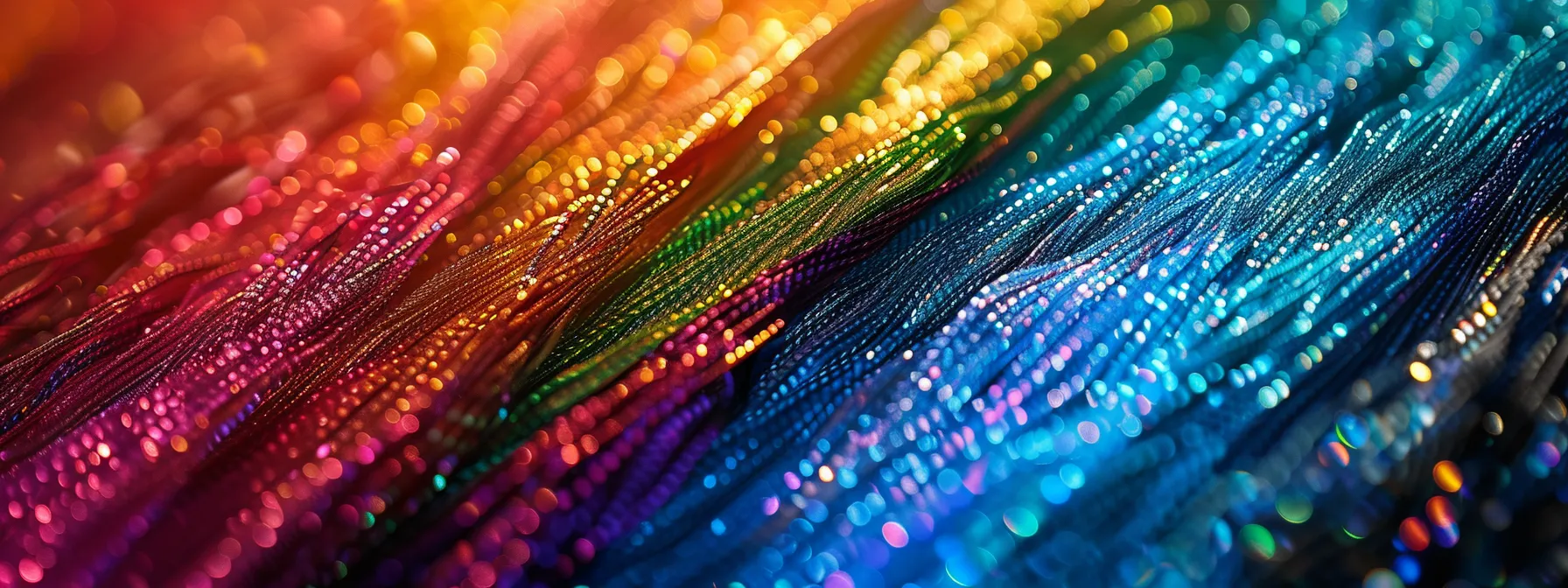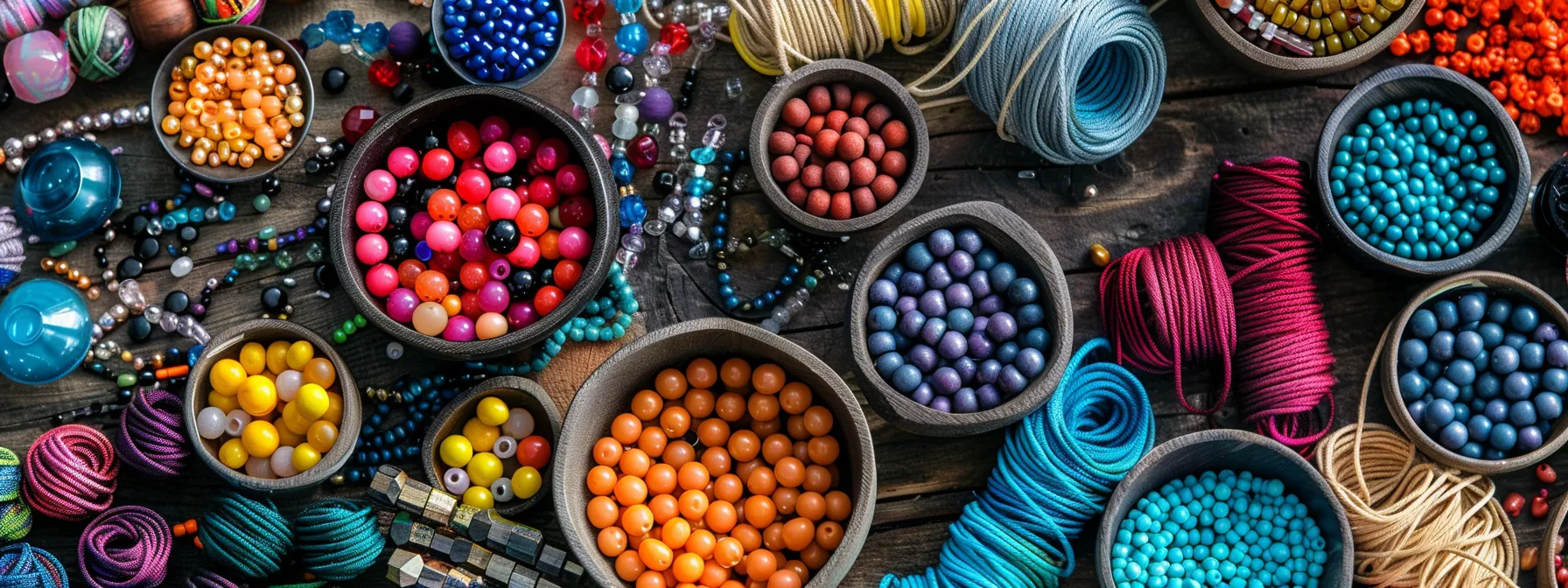Friendship At Your Fingertips: Making Colorful DIY Friendship Bracelets
The bond of friendship often finds charming expressions through the time-honored tradition of friendship bracelets. These vibrant threads interweave to symbolize the connections we cherish, carrying personal tales and shared memories. Crafting your own bracelets not only adds a personal touch but also ignites creativity and offers a meaningful pastime. As we explore the joyful process of making DIY Friendship Bracelets at Jewelry Made By Me, you’ll discover how to add unique flair to each creation. Keep reading to start your journey into this colorful craft.
Unraveling the Basics of DIY Friendship Bracelets

The creation of DIY friendship bracelets begins with understanding their essence, a woven manifestation of care and connection. Starting with simple materials like embroidery floss, yarn, or string, one can weave a tapestry of affection. The process typically involves choosing several strands of thread that are knotted together using various techniques to create intricate patterns that speak of the bond you wish to celebrate.
For beginners, mastering the basic forward and backward knots is essential and serves as the foundation for more complex designs. It’s crucial to maintain consistent tension in the threads to ensure a uniform appearance throughout the bracelet. Securing the threads to a stable surface or using a clipboard can help keep your work steady as you knot your way to a finished piece.
To start, cut threads of appropriate length, usually about 24 inches, to allow ample space for knotting without the risk of running short. Folded in half, this will create a loop at one end, which becomes the starting point of your bracelet. The number of threads you use will dictate the thickness and complexity of the bracelet, with more threads allowing for a broader and more intricate design.
Learning different starting methods, such as the loop start, the braided start, or the beaded start, can add variation to your creations from the get-go. As you become comfortable with the initial steps, experimenting with color combinations and textures is encouraged to give each bracelet its special signature.
Choosing Materials and Colors for Personalized Designs

While traditional friendship bracelets primarily use embroidery floss, the choice of materials can extend to beads, elastic cords, leather strips, and even recycled materials for a more eclectic look. Picking the right materials is pivotal in determining both the aesthetic and longevity of your bracelet. It is recommended to select a high-quality thread that resists fraying and offers a bright color palette.
The colors you choose carry meaning and can reflect the personality of the receiver, your shared experiences, or symbolize specific sentiments. For instance, blue may denote loyalty, while red could represent courage or love. It is not solely about aesthetic appeal but also about the message conveyed through the chosen hues.
Understanding color theory can significantly enhance the visual impact of your bracelets. Complementary colors, analogous schemes, or a monochromatic approach can evoke different emotions and visual dynamics in your design. Combining various materials and colors can also result in a multi-textured creation, underlining each bracelet’s uniqueness.
Once you’ve selected your materials, organizing them by color and type helps maintain a smooth workflow. This organization is especially beneficial when working on complex patterns or when in a festive, social setting where multiple creations are being crafted simultaneously. The act of selecting and preparing one’s materials is a creative ritual in itself, setting the mood for the artful endeavor ahead.
Mastering Different Knotting Techniques for Unique Patterns
There are several knotting techniques available to the bracelet artisan, each offering different textures and patterns to the finished piece. The most common are the forward knot, backward knot, forward-backward knot, and backward-forward knot. Mastering these basics can serve as a springboard to more advanced patterning, such as chevrons, stripes, diagonals, or even intricate shapes like hearts and arrows.
Structured tutorials and pattern books can be invaluable for beginners. These resources break down each step to ensure clarity, making it easier to follow along. With practice, you can build muscle memory for various knots and seamlessly transition between patterns, enhancing your bracelet-making pace and proficiency.
Variations in knotting can also include the incorporation of different textures within a single bracelet. Mixing flat knots with raised or looped knots, for example, adds a tactile dimension. It’s these small details and refinements that can transform a simple string of knots into a work of wearable art that carries much greater value.
The art of creating DIY friendship bracelets is a heartfelt expression of friendship and creativity. Whether for gifting, wearing, or sharing at craft gatherings, these tokens of affection weave together more than just threads—they bind hearts and memories in colorful harmony.